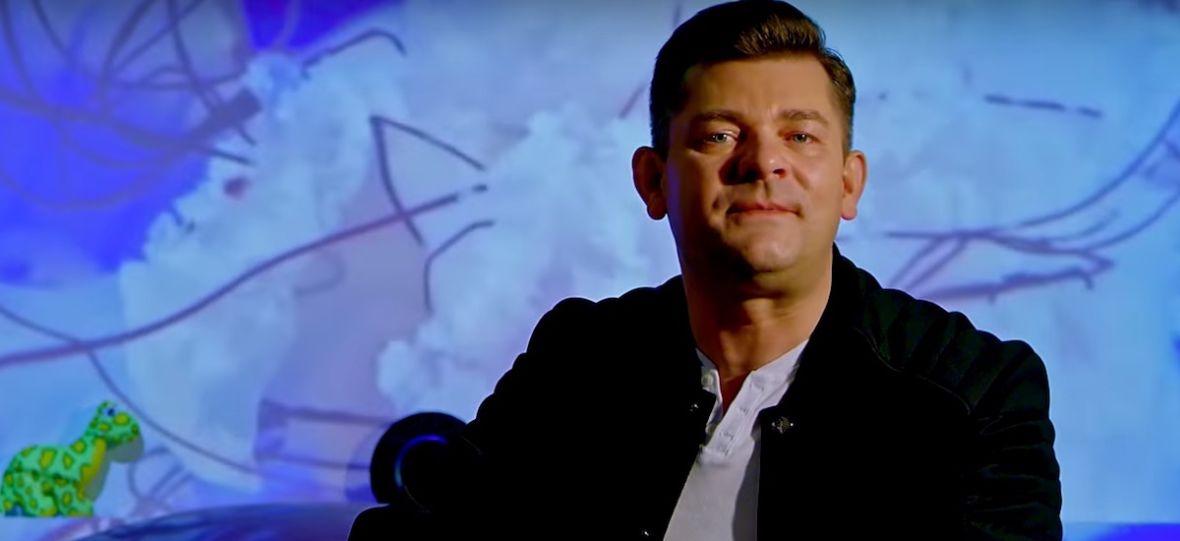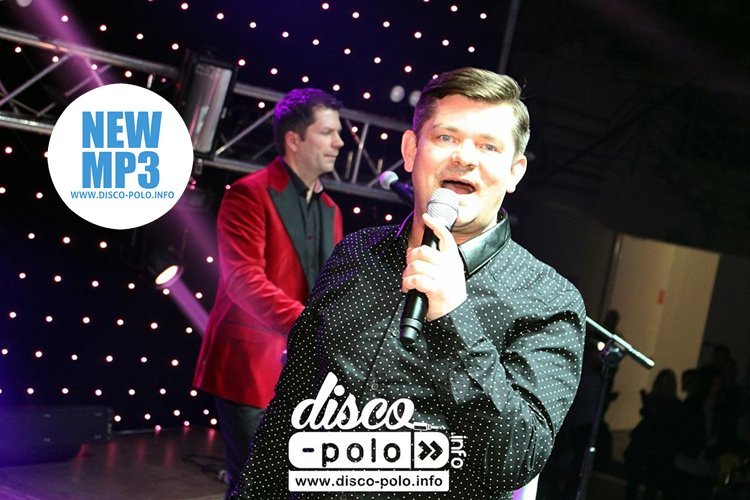

On August 6, 2006, TVN aired a program called Kulisy sławy ("Behind the scenes of Fame") of the Uwaga! series, dedicated to the revival of the disco polo genre. On August 12, 2004, an article by Wojciech Orliński was published in Gazeta Wyborcza entitled Śmierć disco polo ("The death of disco polo") describing the decline of this musical genre at the turn of the 20th and 21st centuries. Toples or Weekend), but the genre remained more of a niche. Some observers believe that the drastic decline in the popularity of the genre was in part caused by the emigration of disco polo musicians to the United States, where some artists continued their work.įrom 2002–2007, several bands released new disco polo albums (e.g.
#Muzyka disco polo akcent tv
In late August 2002, Polsat TV cancelled "Disco Relax" and "Disco Polo Live," leaving many bands jobless. Disco polo's airplay on Radio Eska, TV Polonia 1 and TV Polonia diminished. A sharp decline in sales of disco polo cassettes and CDs ensued due to the growth of Polish and foreign pop music, rock, hip hop, dance, and electronic music. On April 24, 1998, a film was released by Robert Glinski Kochaj i rób co chcesz ("Love and do what you want"), in which the main character leaves to play this genre of music on the piano in a club. In 1996, Maria Zmarz-Koczanowicz and Michał Arabudzkii directed a documentary film called Bara Bara, which explored the disco polo trend. TVP 1 aired a program of disco polo entitled, Karnawałowa Gala Disco Polo ("Carnival Gala Disco Polo") on December 31, 1995. Artists also started mixing disco polo with other musical genres such as dance music, house music, and techno. Traditional instruments came to be replaced by keyboards later in the '90s, which contributed to a slight change in style, making the songs more akin to Eurodance. Disco polo was acknowledged by the mainstream media as a symbol of kitsch and primitivism.īands and singers used disco polo during the election campaigns. Disco polo was also represented in Polonia 1, a network of local stations in urban areas, as well as TV Polonia.

The genre also found its way onto Radio Eska. ĭisco polo was extensively marketed by the Polsat TV station, which produced its own disco polo hit list in several TV shows: Disco Relax (which premiered on Decem) and Disco Polo Live (which premiered February 3, 1996, in TV Polsat ).

On February 29, 1992, a TVP1 broadcast dedicated to disco polo named Gala Piosenki Chodnikowej i Popularnej (Gala of Sidewalk and Popular Songs) was held. The name caught on and replaced "sidewalk music". Skręta coined the name "disco polo" in 1993, taking influence from the name Italo disco. Former president Aleksander Kwaśniewski was one of the most notable examples of politicians who used disco polo during his presidential campaign. Sidewalk music was played in country picnics, county depots, weddings, as well as political campaigns for Polish parliament and presidential elections. " Mydełko Fa" ("Fa Soap"), recorded in 1991 by Marek Kondrat and Marlena Drozdowska, was created as a parody of the genre, but ended up popularising it further. Scenes were centered in Białystok and other cities in the province of Podlasie, with regional scenes in Żyrardów and Sochaczew. This burgeoning style of music was coined by label owner Sławomir Skręta as piosenka chodnikowa, or "sidewalk music", which was a reference to the main means of distribution: records were sold primarily in stalls on streets and bazaars. Blue Star, a record label in Reguły was the first official record label that published disco polo in Poland. In the late 1980s and early 1990s, more bands emerged, such as Akcent, Atlantis, Boys, and Fanatic. Pioneers of the genre include the band Bayer Full, which was founded on November 19, 1984, and Top One, formed in 1986. The genre was additionally influenced by other popular music styles within Europe, namely Italo disco, a music genre which originated in Italy and was mainly produced from the late 1970s to the late 1980s. The most common lyrical themes included melodramatic lyrics about unrequited love.

Later, electronic instruments were adopted over traditional acoustic instruments. The genre originates from music played at weddings by bands with a repertoire of Polish folk music and wedding songs. Lyrics are often sentimental and playful, written around themes of love and sometimes holidays. The genre is dominated by compositions in the 4/4 time signature. These are often accompanied by syncopated samples of drums, synthesizers and keyboard instruments. Classic disco polo songs are characterized by simple chord progressions and melodies, and takes further influence from the steady rhythms found in folk music.


 0 kommentar(er)
0 kommentar(er)
